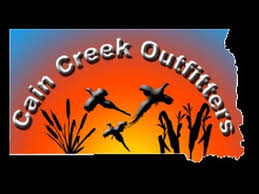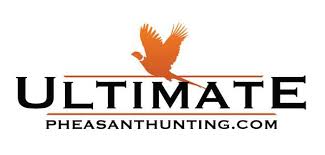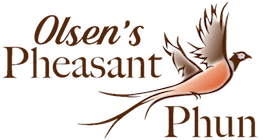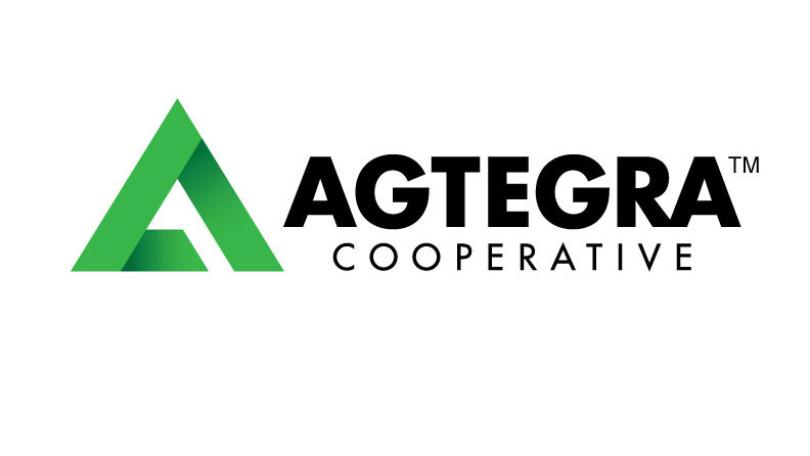Hunting in the Huron Area, South Dakota
Hunting in the Huron Area
We've gathered everything you’ll need to know about the best South Dakota pheasant hunting with Hunt Huron. Learn more about hunting tips and guidelines around the Huron, South Dakota area to kick start your unforgettable hunting experience!
Pheasant, Deer, Duck, or Goose HuntingWe can help you find public or private land to hunt – Where to Hunt, as well as Game, Fish & Parks maps – Maps |
Shop MerchandiseGet your very own Huron SD and pheasant-fun merchandise – Shop Now |
Directory of ServicesWe have a full directory of services for hunters – Directory for lodging, transportation, bird cleaning, and more. |
Apply for LicenseSave time and apply for your hunting or fishing license – License Information online this year. |
Hunting PackagesTake the stress out of planning your next trip by purchasing a one-of-a-kind hunting package – Hunting Packages from a local Guide or Outfitter. |
Hunting Tips & TechniquesIt’s always helpful to review hunting tips and techniques – Hunting Tips and Techniques before your next trip, especially if you’re working with a new hunting dog. |
Stay UpdatedStay up to date on news and events – Events during the entire season. |
Sign Up for Hunting PacketIf you need more information, sign up to receive a Hunting Packet – Request a Packet |
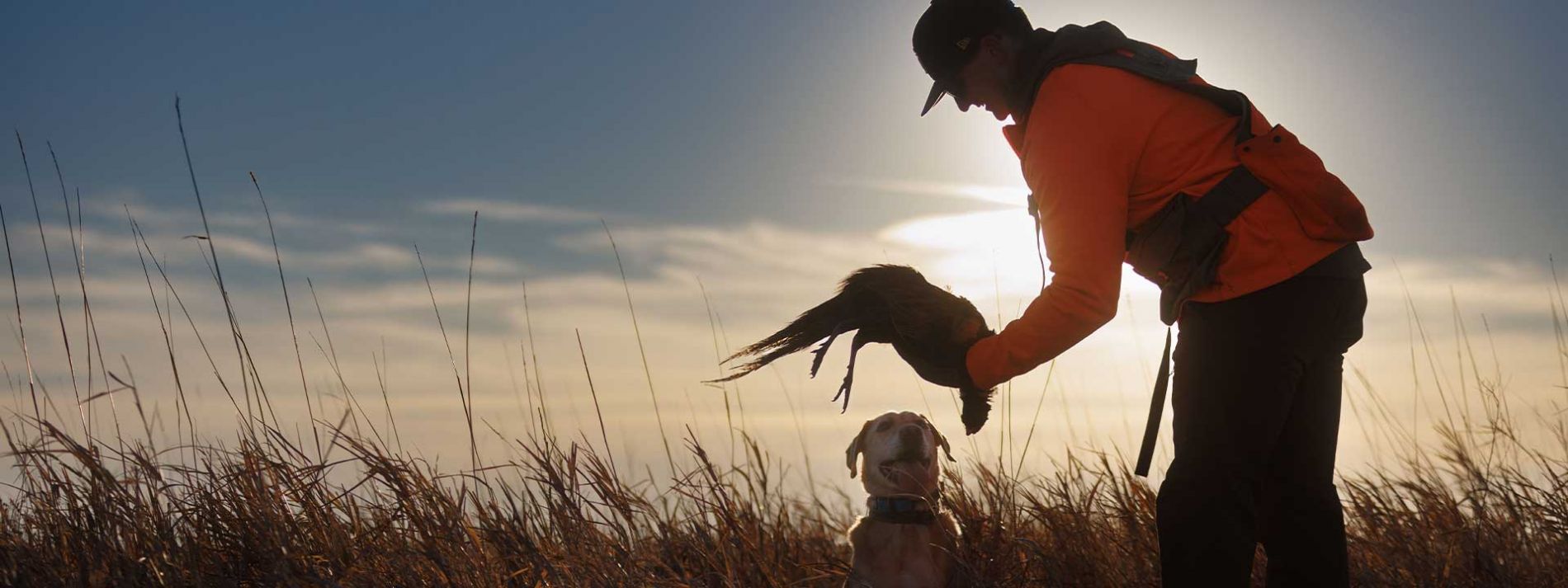
Where to Hunt
Huron is a Pheasant Hunter's Heaven! Outdoorsmen travel from across the nation every year to experience the excellent quality of hunting in the area. Some of the best hunting in the nation can be found here! Fall is also an important time for hunting deer, ducks, and geese.
Public and Private Land
South Dakota has millions of acres of public and leased hunting land, but permission is required to hunt private land in South Dakota. Friendly contact with private landowners will enhance your hunting opportunities.
Private Hunting Land
Walk-In AreasConservation Reserve Enhancement Program
Controlled Hunting Access Program
Lower Oahe Waterfowl Access Program
COOP Manage Areas
Elk Access Program
Public Hunting Land
Game Production AreasWaterfowl Production Areas
Bureau of Land Management
Forest Service
School & Public
Pheasant Hunting License Information
The South Dakota pheasant season traditionally opens on the third Saturday in October. A Small Game license is required for residents and non-residents during the pheasant hunting season. Possession Limit is 15 rooster pheasants, taken according to the daily limit.
The limit accrues at the rate of 3 birds a day, and 15 birds may not be possessed until after the fifth day of hunting. Shooting Preserve licenses are also available.
For a complete list of hunting regulations and fees refer to the SD Hunting Handbook online or contact the SD Department of Game, Fish & Parks, 523 East Capitol Ave, Pierre, SD 57501 or call 605-773-3485.
| Type | Resident | Non-Resident |
|---|---|---|
| Annual Small Game | $36 | $142 |
| Youth Small Game (Age 12-15) | $5 | $10 |
| One Day Small Game | $15 | N/A |
| One Day Fishing | $10 | $26 |
| Three Day Fishing | N/A | $45 |
| Annual Fishing | $31 | $80 |
| Senior Fishing | $17 | N/A |
| Combination | $60 | N/A |
| Junior Combination | $27 | N/A |
| Senior Combination | $43 | N/A |
| Predator/Varmint | $6 | $46 |
| Required Habitat Stamp with License | $10 | $25 |
Shooting Preserve
| Type | Price |
|---|---|
| One Day | $50 |
| Five Day | $96 |
| Annual | $146 |
Local License Agents in Huron
- Coborns - 2150 Dakota Ave S, Huron, SD - (605) 352-6036
- Corner Pantry N - 1555 Dakota Ave N, Huron, SD - (605) 352-0551
- Corner Pantry S - 275 Lincoln Ave SW, Huron, SD - (605) 352-5086
- Wal-Mart - 2791 Dakota Ave S, Huron, SD - (605) 353-0891
- Runnings - 3061 Dakota Ave S, Huron, SD - (605) 352-1448
General hunting and fishing licenses can also be purchased online or from several local locations.
Hunting Tips and Techniques
When and Where to Hunt
Pheasants follow a schedule as routine as your daily commute to and from work. Understanding the pheasant's daily movements can increase your odds of flushing a rooster.
Pheasants start their day before sunrise at roost sites, usually in areas of short- to medium-height grass or weeds. At first light, pheasants head for roadsides or similar areas where they can find gravel or grit. By mid-morning, the birds have left the fields for the densest, thickest cover they can find, such as a standing corn, CRP fields, brush patches, wetlands, or native grasses where they tend to remain until late afternoon. During the late afternoon, the birds move from their loafing spots back to the feeding areas.
In general, look for wetlands or other dense pheasant-producing covers including wooded land and scrub. Work grassy sloughs, ditches, or other brushy areas and cover adjacent to newly harvested crop areas. Later in the season, the ringneck pheasant seeks heavier cover in which to hide.
It also helps if you know where and what they eat: they feed on the ground on grain, leaves, and invertebrates. Consider areas off the beaten path such as small tree claims and brush in the middle of a section or farmed area. Many pheasant hunters ignore these areas because it takes additional effort to walk them. Don’t forget to check the prairie road ditches with dense covers.
A good time to hunt roosters is when the wind blows. High winds are a pheasant hunter’s best friend as the cover makes more natural noise than the hunter. If you are quiet enough, your sounds will get lost in the wind and the birds get edgy. They do not know where you are or where to go and will end up sitting tighter, allowing you to get closer before they flush.
If high winds are good, a blizzard can be even better, especially the next day. If you get a substantial snowfall that is not crusted up, the roosters are unable to run on top of the snow and are forced to sit tight. They will hunker down in areas of good cover. A group of hunters can spend all afternoon in such an area as the birds can't go anywhere but up! Don’t be afraid to hunt a patch of cover full of birds, two or three times and remember you can never walk slowly enough.
Keep Noise to a Minimum
Pheasants rely heavily on their hearing to detect danger and will often flush wildly hundreds of yards ahead at the first sign of any noise. Slamming a car door, yelling at your dog, or even speaking loudly to your buddy can alert pheasants a half mile away, and rest assured, they’ll be running in the opposite direction.
Successful hunters find that they will flush more birds by walking slowly and quietly while working back and forth across the field. Let your dog have time to thoroughly cover the field. This forces the birds to either flush or move ahead of the walkers, giving blockers at the end of the cover shooting opportunities.
Safety First
Safety is the ultimate consideration when hunting pheasants. Pheasants will bust out of cover behind, between, and right under a hunter's feet. Each hunter must know where it is safe for them to shoot. When using blockers at the ends of fields, it's very important for the walkers to know the exact location of the blockers and conversely for the blockers to know where the walkers are. As hunters near the end of the field, they'll need to know who is going to do the shooting. In most cases, the blockers control the end of the field, and walkers shoot only at birds that might have been walked by and get up behind them. Rule for all: never shoot at low flying birds no matter where they are!
Hunter orange should be worn by all hunters. If you can't see someone, it's tough to shoot safely. Orange vests, caps (especially caps), dog collars, and dog vests all help to make a safer hunt. Make sure you only shoot at high-rising birds that are in a safe line of fire.
Man’s Best Friend
Obedience
Since heavy grass and cover is where you'll find most birds, a well-trained hunting dog can be an invaluable tool for the pheasant enthusiast. The breed of dog isn't important, as long as the dog is obedient, works close, and listens. Nothing is more frustrating than hunting with a dog that runs too far ahead, flushing birds out of range. The three most important things to remember when training a pup are: be patient, be consistent, and use repetition. The best hunting dogs learn by doing things repeatedly.
Also, don't overdo it. Pups are like young children—they have short attention spans. Spending too much time training in one session does not work, and you could lose ground training. Quality training is more important than quantity.
Experience
Another important element of hunting dog training is developing experience. The proper introduction to birds (using a wing or dead bird) is essential, and doing this when they are as young as possible to develop their natural instincts is best. From there, everything else can be learned and there are many good training books and resources available. Remember, practice and consistency are key.
Edge
Hunt your dog into the wind when making a pheasant push to give your dog the edge on the bird’s scent. It is also a good idea to take your dog out to a local game preserve or field prior to their first hunt of the season as a refresher course and remind them what their job is.
Hydration
Don’t forget to keep your dog hydrated during the hunt, even on a cool day, as this is vital. Consider carrying a bottle of water in your vest or jacket and have a gallon of water in your pickup along with a bowl for ease of drinking.
Final Tidbits
It's very difficult for small hunting groups of two to three hunters to work large fields of standing corn. Pheasants often run to avoid predators, a response that frustrates dogs and hunters alike. Groups of only two or three hunters will generally enjoy better success working grass fields, field edges, or fencerows.
When hunting large cover or corn fields, you'll need “blockers." Pheasants are known for their running ability. Blockers are hunters stationed at the end of the field who get shots as birds break from cover. The presence of blockers forces birds to hold tighter, giving both walkers and blockers more shooting action.
Early in the season before they become familiar with hunting pressure, pheasants sit tighter, allowing the hunter and dogs to approach closer before flushing. A 12-, 20-, or 28-gauge shotgun with modified or improved cylinder chokes and #6 shot make an excellent early season combination. As the season progresses, the birds will be flushing wild in many cases, and heavier loads provide a bit more knockdown power at longer ranges. For best results, you may want to use your 12 gauge along with a tighter choke and heavier loads with #4 or #5 shot.



